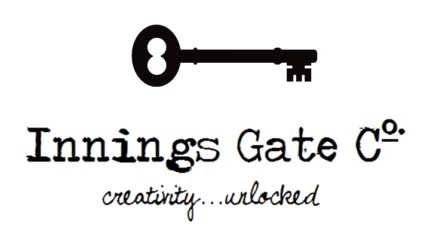
Painted in 1911, “Yellow Cow” is a work by the German artist Franz Marc, and is a key part of The Great Upheaval collection of modern art (1910-1918) from the Guggenheim Museum. This exhibit also features works by Matisse, Picasso, Kandinsky, Rousseau, Cézanne, Degas, Manet, Toulouse-Lautrec, Monet, Gauguin, van Gogh, and more. Marc and Kandinsky started this movement in 1911 with a group called The Blue Rider (from the eponymous journal) that radically changed the traditional modes of painting and artistic production. The time period was ripe with innovation; but also destruction, for it emcompasses the Great War. The technological advances would of course create new ways of looking at the world, and with them, new ways of expressing those perceptions through art.
From the Guggenheim’s Feb-May 2011 guide:
The Great Upheaval: Modern Art from the Guggenheim Collection, 1910-1918 not only illuminates the dynamism of this fertile period, as artists hurled toward abstraction and the ultimate “great upheaval” of a catastrophic war, but also highlights the masterpieces of modern art that launched the museum’s collection […]
Featuring more than one hundred paintings, sculptures, and works on paper […] The Great Upheaval attests to this period of collaboration, interchange, and innovation.
The Guggenheim Museum’s modern collection began in 1927 when Soloman R. Guggenheim met Hilla Rebay, a young German artist who was commissioned to paint SRG’s portrait. However, this serendipitous meeting resulted in Solomon and wife Irene Rothschild shifting their focus away from the old master paintings that were fashionable within their circle. By 1929, Guggenheim was enthusiastically collecting works from his time. He even acquired art directly from artists, including Kandinsky.
Because of the incredible place in history that this collection resides, there is so much backstory to the exhibit. The Guggenheim offers free audio tours, which I highly recommend you take advantage of. I personally find artwork comes to life once I know its backstory; much like how I enjoy literature so much more after analyzing it in depth.
Franz Marc’s “Yellow Cow” stood out in this collection because of its overpowering mood of happiness. The cow is smiling! Leaping with joy! Marc painted it in celebration of his (second) wedding, and saw the cow as his wife, Maria Franck. This also represents what he considered the feminine principle: soft, natural, light, happy, flexible. In the background there are blue mountains, and this is what Marc saw as himself. The male principle: strong, sharp, dark, fixed. The cow exists in the mountain’s world, just as woman exists in man’s world. Marc also saw a divine presence in animals and nature that was not there in human beings. By 1907 he devoted himself almost exclusively to depicting scenes of animals in nature.
From www.guggenheimcollection.org:
To complement this imagery, through which he expressed his spiritual ideals, Marc developed a theory of color Symbolism. His efforts to evoke metaphysical realms through specific color combinations and contrasts were similar to those of [Wassily] Kandinsky […]
For Marc, different hues evoked gender stereotypes: yellow, a “gentle, cheerful and sensual” color, symbolized femininity, while blue, representing the “spiritual and intellectual,” symbolized masculinity.
This happy yellow cow, frolicking past the blue mountains, is quite contrasted to another work of Marc’s featured in The Great Upheaval entitled “The Unfortunate Land of Tyrol.”

Painted in 1913, it depicts the state of Tyrol in Austria after the Balkan Wars, and foreshadows even worse devastation to come in the Great War. Here, Marc’s horses are emanciated, unlike the plump, jolly cow of two years prior. Some people view the bird with outstretched arms in the top corner as a positive sign, but I see it more like a vulture, an omen of death. However, there’s no arguing that the rainbow behind the bird depicts Marc’s ultimate faith in the restorative qualities of nature.
Franz Marc is considered one of the key figures in the German Expressionist movement, but unfortunately his career was cut short. Killed in 1916 during the Battle of Verdun in north-eastern France, considered one of the most devastating battles in WWI, his name was on a list of notable artists to be withdrawn from combat for protection. Marc died before those orders could reach him. He was 36 years old.
The Great Upheaval is exhibited at the Guggenheim from February 4th to June 1st, 2011. A lot of museums and galleries in NYC are PWYC (or Pay-What-You-Wish as they say in the U.S. of A.), and the Guggenheim offers this discount on Saturdays from 5:15pm-7:45pm. For more information, click here.
Vous ne les laisserez pas passer,
x

